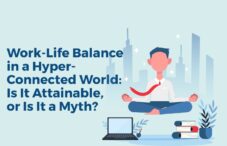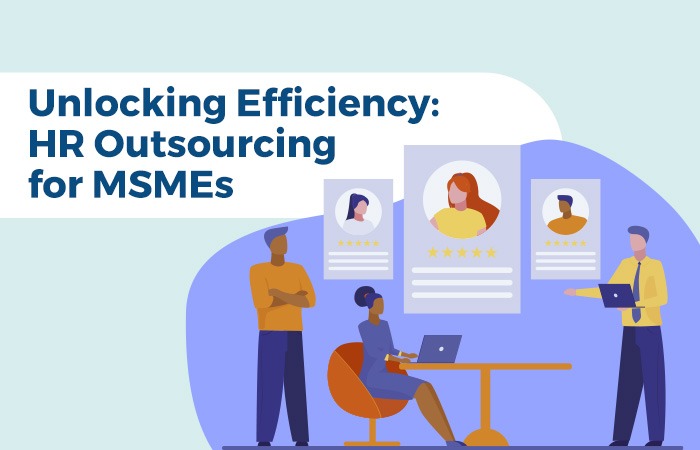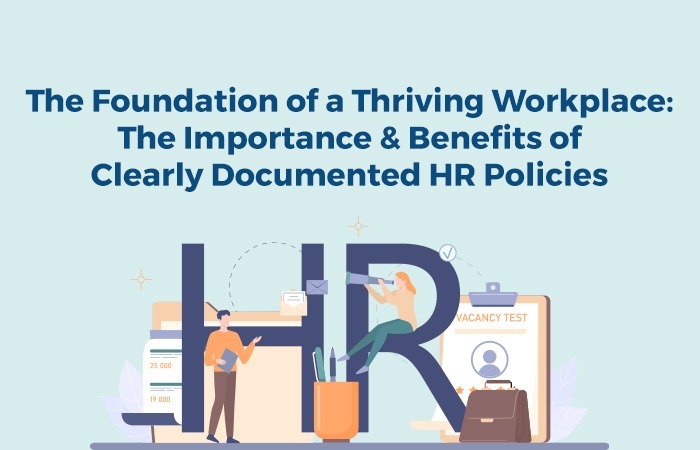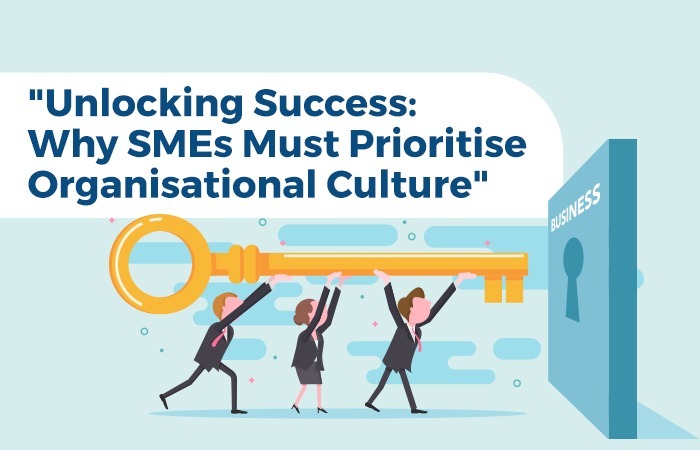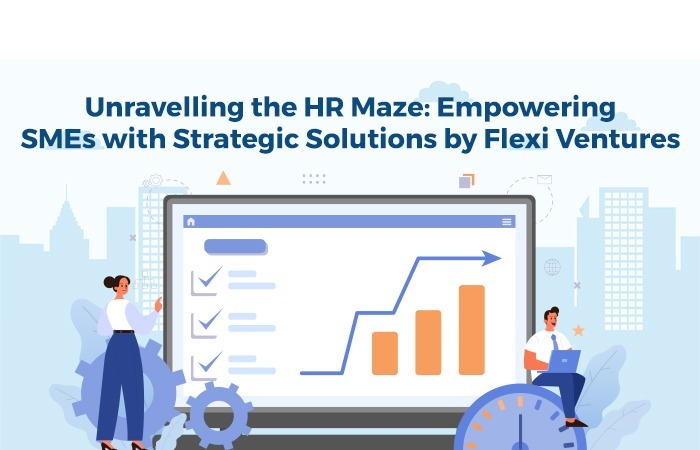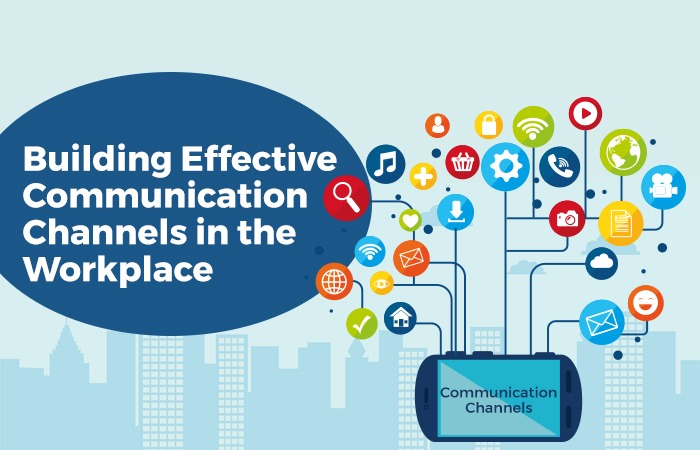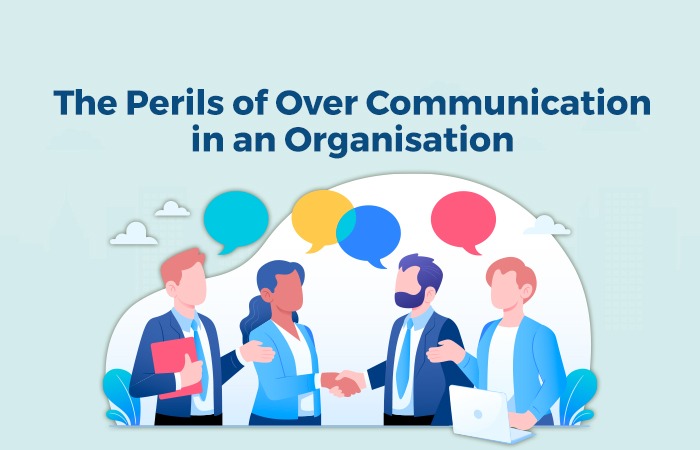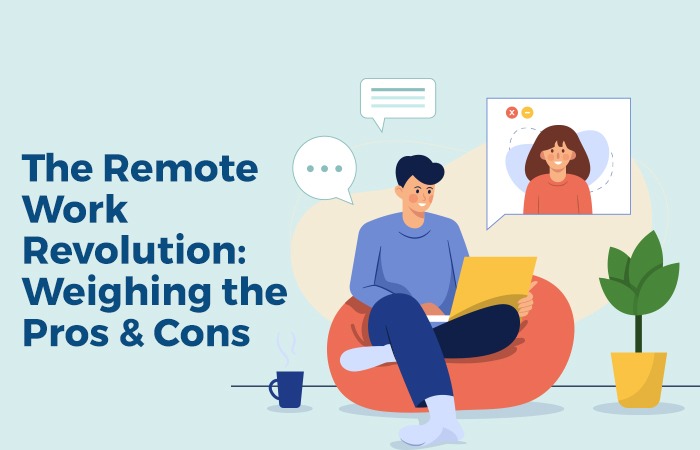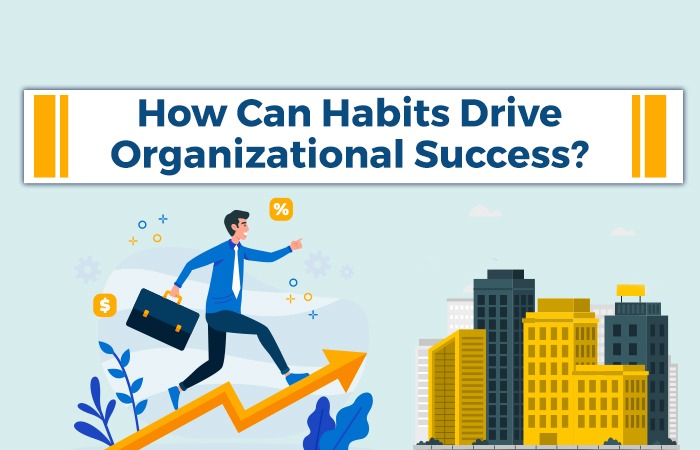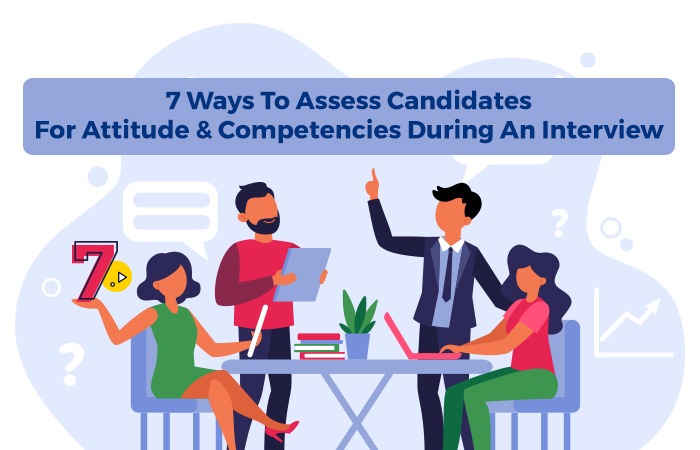In today’s hyper-connected world, where smartphones and digital devices seamlessly integrate work into our personal lives, the concept of work-life balance has become both a desirable goal and an elusive pursuit. As the boundaries between professional responsibilities and personal time blur, the question arises: Is achieving work-life balance truly attainable, or is it just a modern-day myth?
The Myth of the Perfect Balance
Work-life balance, often depicted as a serene equilibrium between career and personal life, has been the holy grail for individuals seeking harmony in a fast-paced society. However, the very term “balance” suggests an even distribution, implying that both realms coexist in a tranquil equilibrium. This notion becomes increasingly challenging as we navigate a digital landscape where emails, messages, and virtual meetings are accessible around the clock.
The Changing Landscape of Work
In the digital age, the traditional 9-to-5 work structure has morphed into a more flexible, remote, and interconnected model. While this shift offers benefits like reduced commuting and increased autonomy, it blurs the boundaries between work and personal life. The convenience of remote work can inadvertently lead to working longer hours, as the office is ever-present in our living spaces.
The Quest for Integration
Rather than striving for a clear separation between work and life, many professionals are now embracing the idea of work-life integration. This approach acknowledges that both spheres are interwoven and accepts the occasional overlap. However, this raises another question: Can true integration exist without sacrificing personal well-being or fostering burnout?
Navigating the Challenge
Achieving a semblance of work-life balance in a hyper-connected world requires conscious effort and adaptive strategies. Here are a few considerations to ponder:
1. Set Boundaries: Establish clear boundaries between work and personal time. Communicate these boundaries to colleagues and managers, and stick to them as rigorously as possible.
2. Digital Detox: Allocate periods during the day when you disconnect from digital devices. Turn off notifications and create technology-free zones to recharge.
3. Prioritise Self-Care: Treat self-care as a non-negotiable aspect of your routine. Incorporate activities that replenish your energy and enhance your well-being.
4. Flexibility and Negotiation: Advocate for flexible work arrangements that cater to your individual needs. Negotiate with your employer to strike a balance that works for both parties.
5. Mindfulness and Presence: Embrace mindfulness practices to stay present in the moment, whether you’re working on a project or spending time with loved ones.
The Verdict
In the end, the pursuit of work-life balance in a hyper-connected world is not about achieving a perfect equilibrium at all times. Rather, it’s about recognising that achieving a consistent balance may be unrealistic. What’s essential is finding a rhythm that suits your lifestyle, enabling you to excel in your career without compromising your well-being.
Work-life balance may not be a myth, but it’s an evolving concept that requires adaptability, self-awareness, and conscious choices. As we navigate this modern paradox, remember that the goal is not perfection but a sustainable blend that enriches both our professional and personal experiences.
So, is work-life balance attainable?
Perhaps not in the traditional sense, but with intention and proactive choices, it’s a goal we can strive for—one that aligns with the realities of our hyper-connected world.
In the end, the verdict lies within each individual, reflecting their unique circumstances, values, and aspirations.
Remember, it’s not about striking the perfect balance; it’s about finding the harmony that resonates with you.

